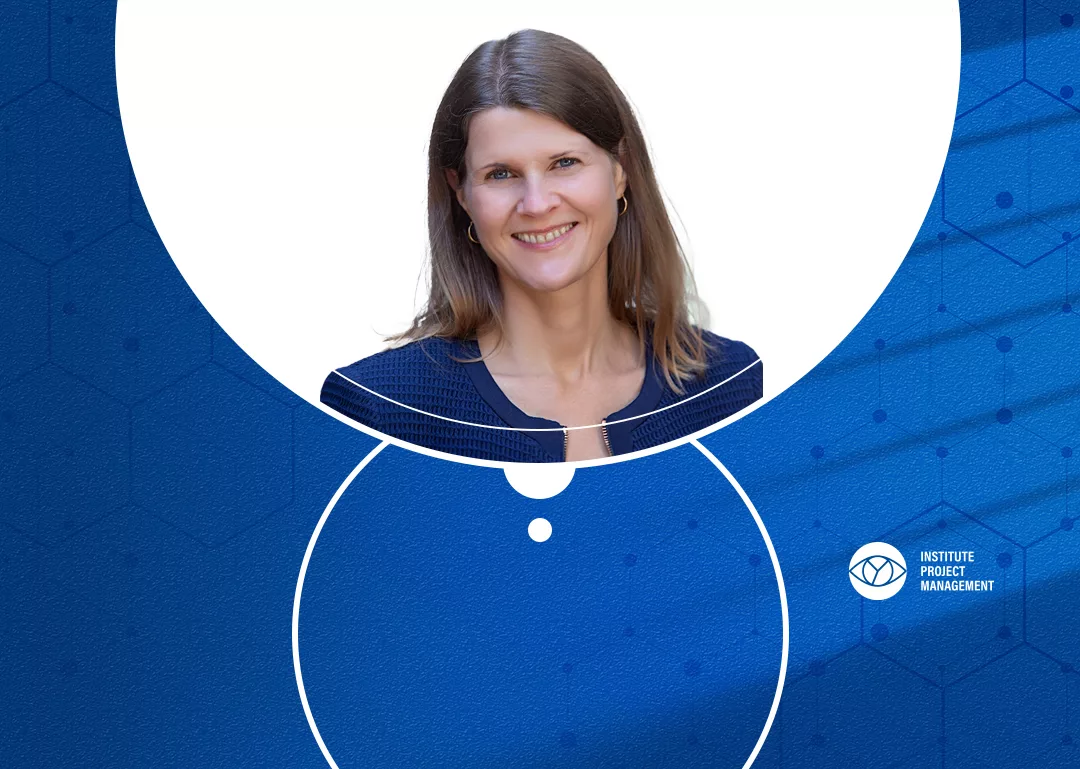Studies show that one of the most significant characteristics of highly successful projects is that they begin with a long period of project definition dedicated to outlining a powerful vision and a clear need for the project. In their research, Dov Dvir and Aaron J. Shenhar write that this extended definition period is required to select the best execution approach and to obtain buy-in from all stakeholders.
Taking the time to properly define a project is an essential practice that should not be omitted. It’s important that project management professionals don’t succumb to pressure from senior managers who want them to press the start button as quickly as possible. Even if a longer start-up phase means that more time is spent upfront, the project is likely to deliver benefits quicker because the effort is invested in making people talk to one another and in understanding what they are committing to and how to go about delivering the outcomes.
Spending more time upfront doesn’t mean that we are complaisant about time. It also doesn’t mean we favour a rigid waterfall approach where everything is set in stone. It simply means that we invest time in properly understanding the ins and outs of the project so that we are better prepared to deal with eventualities and are better able to deliver the expected outcomes.
Challenge Initial Ideas and the Justification For the Project
Another researcher, Professor Knut Fredrik Samset, states that it’s essential for project success to spend time up-front reducing the project’s uncertainty and risk. He says that this can be done by challenging initial ideas, extracting and making use of previous experience, and consulting with stakeholders. Where projects fail, it’s often due to a problem that can be traced back to decisions in the earliest phases when the initial idea was conceived and developed. When a project starts up, we must challenge its justification and fully understand the underlying problem and the needs that the project is meant to satisfy.
Project management professionals can embrace this challenge by querying the project’s business case and by ensuring that it describes and justifies the reasons and economic incentives for the project. They shouldn’t wait for the sponsor or senior managers to complete the business case, but work with them to clarify where the business is currently at and where it needs to be in the future. It’s important to drill down into the details of why the project is needed, what drives business value, and how to measure that each benefit has been realised.
Interestingly, Knut Samset also states that creativity, imagination and intuition can be more valuable during the definition stage than large amounts of data. That’s because the priority is to develop an overall perspective and to analyse the problem in its context in order to come up with a sensible strategy. Lack of information during the early phase of a project is not necessarily a problem; it could be a strength!
Begin With the End in Mind
In order to give our projects the best possible start, project managers must begin with the end in mind. They have to partner with the client and engage the team as they uncover the project’s main idea and justification and visualise the end state when all changes have taken place and the benefits have been realised. As they do so, they must challenge assumptions and ask the proper questions – including the hard ones. The simplest enquiries are often the most powerful and the hardest to ask. We sometimes feel that questions that relate to the client’s business, the project idea, or the technologies we are planning to use are too basic to be asked. But if we don’t ask, we won’t understand how the project can add value. At the beginning of a project, we are surrounded by people who know more than we do, but we must push ahead until we fully comprehend the context. That’s the only way to establish a solid foundation for delivery.
Some of the questions that should be asked, answered, and documented during the definition phase are:
- Why is this project important?
- What is the project intending to achieve, broadly and specifically?
- Which problems are we trying to find a resolution to?
- In which ways will the project enable the users to operate more effectively?
- What are the project’s constraints in terms of time, cost, quality and scope?
- What are the project’s strategic measures and effect on business objectives?
- In which ways does the project align with corporate strategy?
- Who are the beneficiaries and stakeholders?
- Which risks, issues and dependencies surround the project?
- What is in scope and out of scope?
- What are the requirements?
- What are the proposed and alternative solutions?
- In which ways can we make use of previous experience from similar undertakings?
Defining the Project Is a Team Effort
When we ask these impactful project definition questions, it’s important that they are fully discussed – not just with the main client – but also with the project’s team members and key stakeholders. We have to remember that it’s not up to the client, sponsor and project manager alone to come up with the answers. Defining the project is a team effort.
Uncovering the project’s core requirements, analysing business processes, designing the solution, producing the technical specifications, and creating the product breakdown structure and the project plans are also team efforts. Working together on these fundamental aspects means everyone understands what they are meant to deliver and that they feel ownership for producing a quality product. A team that understands the customer’s needs and is fully involved in the design and definition phase is far more motivated and likely to pick up on inconsistencies and suggest meaningful improvements. That can only happen if team members are directly exposed to the client and are involved in verifying requirements and the emerging solution through workshops, walkthroughs, mock-ups, and prototypes.
To successfully define the project, project managers must set the bar high and ensure that requirements and design documents are clearly described and illustrated by using common-sense language and diagrams. They must ensure that each requirement is specific and measurable and associated with a set of acceptance criteria. A good artefact which keeps track of the requirements is a requirements traceability matrix, which can be created in a simple Excel sheet. Its purpose is to show the linkage between individual business objectives, business requirements, and technical requirements and to track the status of each requirement as it progresses through the project. The requirements traceability matrix also serves as a baseline scope document and is an ideal place to track and control changes that happen during the course of the project.
Conclusion
In summary, beginning a project with a long definition phase, where a powerful vision, need, solution, and execution approach is uncovered, is one of the most important steps we can take to ensure that a new project will be successful.
References:
- Samset, K. (2009). Projects, Their Quality at Entry and Challenges in the Front-end Phase. In: Williams, T.M., Samset, K., Sunnevåg, K.J. (eds) Making Essential Choices with Scant Information. Palgrave Macmillan, London.
- Dvir, Dov, and Aaron J. Shenhar. “What great projects have in common.” IEEE Engineering Management Review, vol. 43, no. 3, 2015, pp. 71–73.

Certification OverviewEducate yourself on PM certificates.
IPM CertificationA specialist since 1989 in premium project management education and training.
IPMA CertificationFounded in Switzerland (1965) - the world's first professional PM association.
PMI CertificationU.S. based association most well known for PMP, CAPM, ACP certification.
PRINCE2® CertificationDeveloped in the UK, it is the leading methodology in Project Management.
About IPM HubA dedicated hub for project management professionals at all levels.
IPM MembershipJoin our community for exclusive project management resources and networking.
EMEA Monthly EventsDiscover, attend, and network at our project management events.
MentorshipExplore our mentorship programme for accelerated career growth.
All ResourcesExplore our library with hundreds of articles on project management.
Expert InsightsGain in-depth expertise from industry-leading professionals.
Ebooks & ToolkitsDive into the world of comprehensive downloadable resources and grow your knowledge.
Publish Your WritingSubmit your writing to IPM, earn PDUs, and gain access to our Global Community.
IPM Jobs PortalBrowse the most recent project related job postings.
The InstituteFounded in 1989 - IPM is well known as a leading PM specialist educator.
FacultyExplore our subject-matter experts who have a wealth of experience.
Global Advisory BoardUp-to-date with the very best thinking in project management.
Apply to Lecture or VolunteerInspire the next generation of project managers and make an impact on the industry.
Apply to Intern or Campus AmbassadorIntern and shape campus life as an Ambassador.




















